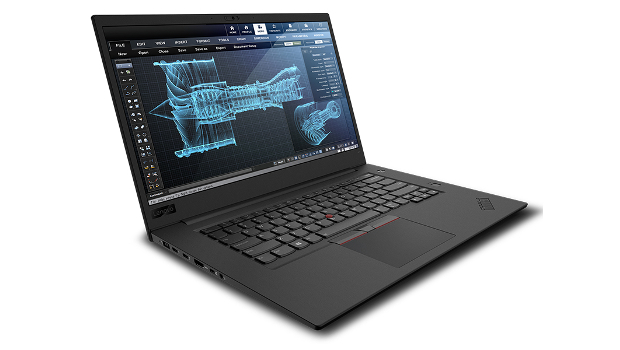
The PC market grows unexpectedly, thanks to tariff fears and the Windows 7 transition
The PC market benefited from a higher number of Intel processors and the Windows 7 transition to record a higher-than-anticipated 4.7% year-on-year growth, IDC said late Thursday. President Trump even contributed.
Overall, 64.858 million PCs were sold worldwide, IDC said, a 4.7% increase. A year ago, HP topped the list of worldwide vendors. For the second quarter, however, a whopping 18.2% increase in year-on-year sales propelled China’s Lenovo to the top of the list.
In part, that may be because tariff fears prompted PC vendors to stuff the channel, IDC said, selling laptops out of China before possible tariffs raised their prices. Otherwise, the two factors that contributed most were Intel’s ability to ship microprocessors once again without supply constraints, as well as the looming end of support for Microsoft’s Windows 7 in January 2020. That, IDC said, is spurring corporations to invest in new PC hardware.
The tariff threat in particular contributed to “artificially propping up the PC market during the second quarter.” Jitesh Ubrani, research manager for IDC’s Mobile Device Trackers, in a statement.
Worldwide, Lenovo commanded a 25.1% market share, selling 16.3 million PCs. HP finished second, with a 23.7% market share, and 15.4 million PCs sold. Dell was third with a 17.9% share, and 11.6 million PCs sold. Acer finished fourth, with a 6.6% market share and 4.3 million PCs. Apple finished fifth, with a 6.3% market share and 4.1 million PCs sold.
Gartner, which does not include Chromebooks in its study, said the PC market grew by only 1.5%, to 62.97 million units worldwide. It, too, put Lenovo on top, followed by HP and Dell. Excluding Chromebooks helped push Apple to third place, followed closely by Acer and Asus.
All of the estimates by IDC and Gartner were preliminary, the firms said.
IDG News Service








Subscribers 0
Fans 0
Followers 0
Followers